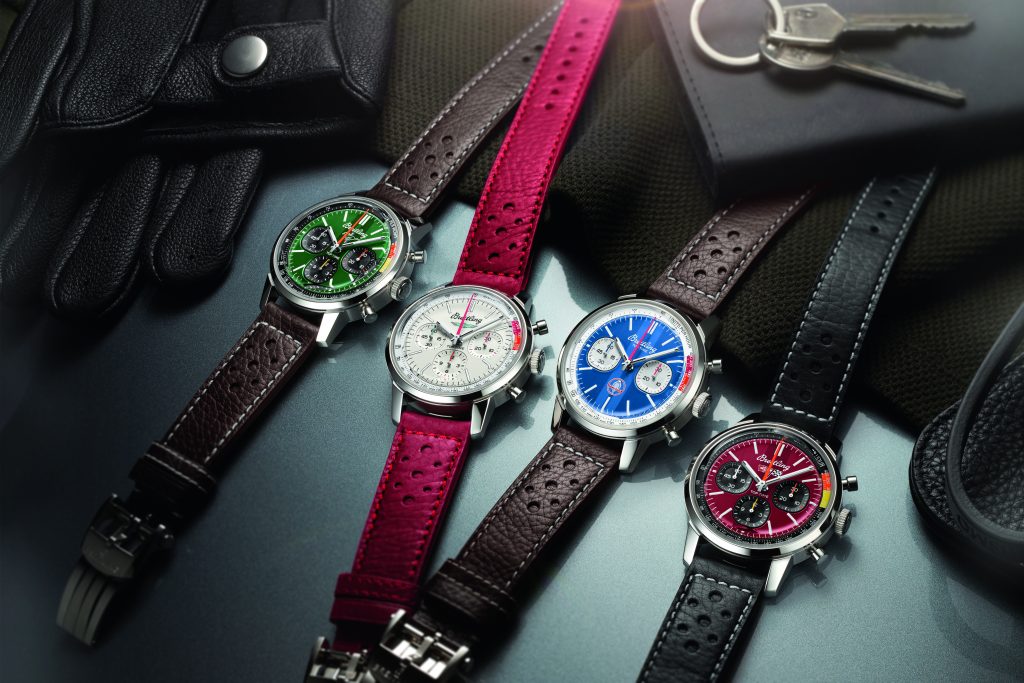The 2015 Ford Mustang
Our exclusive tour of the next generation pony with its design team

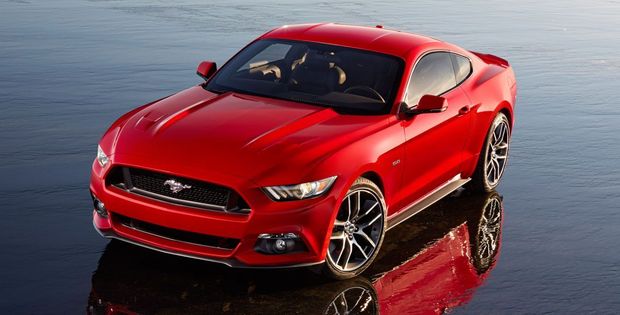
How do you design the next version of an American classic? Nearly 50 years since its introduction and more than nine million cars later, the Ford Mustang is one of very few cars to be in continuous production for more than five decades. It’s also a car with a very loyal fan base, boasting the most liked Facebook page with more than 5.5 million fans and hundreds of clubs all around the world, including one in China and one for owners of yellow Mustangs. Moving the Mustang forward is on the one hand “a challenge,” says Moray Callum, who was just named Vice President of Design for all Ford and Lincoln cars globally, and “a design brief that was quite easy” on the other. Therein lies the dilemma of evolving a much loved symbol of American motoring—how far can you take it to excite new customers while not turning off those who are so passionate about it. “It is a sort of tightrope to walk to get it right because you know you’re damned if you do, damned if you don’t. It’s important to get that mix right for the majority of people who want this car to move forward,” says Callum. “You really want to say ‘We could change this completely,’ but you’re probably not going to. Where is that cutoff point where you say it’s not a Mustang anymore and it’s not relevant to [fans] anymore. You find that point, but then I think you can push the edges of that as you move forward.”
We think they got it just right.
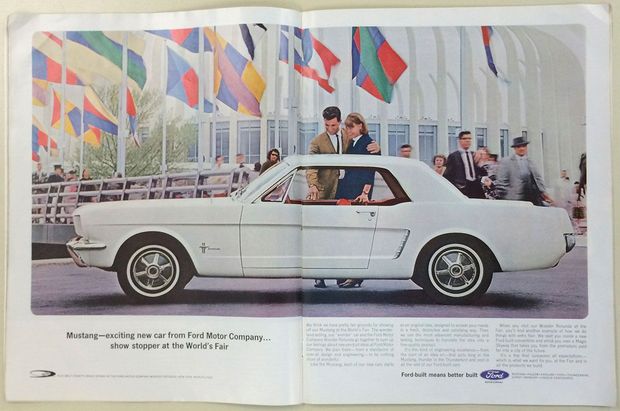
At first glance the 2015 Mustang isn’t radically different than the current model—no gull wing doors or rear-mounted engine and it retains, nearly identically, its wheelbase—but it is substantially different in just about every way, built from the ground up, with a much lower, wider, aggressive stance and a much needed overhaul and upgrade to the interior. Each aspect of the car has been improved, from increased storage and passenger room to seating to a brand new suspension, new conveniences and upgraded performance. The car, in fact, shares little other than its name and some design cues with its older versions. It even sports a new pony. While most cars at Ford are designed with a global market in mind, the Mustang was designed unabashedly America first, though it will be sold globally and even feature right hand drive for the first time.
We were fortunate to get an in-depth look at the Mustang with some of its key designers—Joel Piaskowski (Design Director), Doyle Letson (Design Chief, Global Interiors), Kemal Curic (Design Manager, Exterior), Susan Lampinen (Group Chief Designer, Color and Materials) and Moray Callum. Dean Weber, who heads up Ford’s amazing archives, walked us through some of the car’s history and helped put it all into perspective.
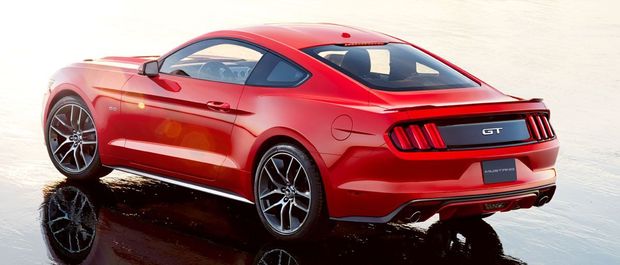
“We’ve increased the rake of the fastback, so the whole car looks more Mustang, but at the same time I think more legitimate as a sports car… Everyone wanted to make the car as tight around the mechanics as possible, which is an engineering desire, but at the same time we needed to give it the sculpture, stance and rawness that is Mustang too,” says Callum. “It’s a Mustang, but it’s changed, it’s moved on, it’s gotten more legitimate.” When asked if there is a strong American sense to its design, he said “It has to be to America what a Porsche is to Germany, it has to be 100 percent American. It’s a sort of fist hitting solid rock, crashing its way through the air. There’s something unsubtle about it, which I think is exactly what you need to retain, but at the same time, getting a car that’s as well-designed as possible. There’s a balance. It should be proud to be an American icon. I think that’s the way we’ll sell it around the world.” Kemal Curic, who headed up the Mustang’s exterior design, literally couldn’t keep his hands off of it. “It’s fearless. It has a face like a shark waiting to bite. It’s a car you want to touch. You can just see yourself washing it, really feeling its lines.” Most noticeably the rear glass tapers toward the tail, allowing a much wider and more dramatic ledge. The car retains some of its classic signature design elements—the tribar taillights, the new LED fins in the front lights (only on the GT edition) a nod to the fins in the first model, the grill, but it isn’t saddled by them. Some of its new features, like the lip that surrounds the car serve dual purposes. Visually it helps define the car’s shape, though its primary role is preventing stones from hitting the car’s body panels, which are now lower.
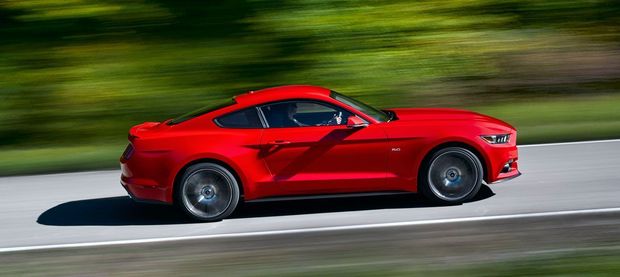
The interior is where you’ll notice the biggest difference. Sitting in the two cars side-by-side you really feel the evolution. The new Mustang feels $10,000 more expensive than you think it is. Fit and finish is levels above where it has been, and it feels modern, light and fresh. When you grab the steering wheel (which features paddle shifters for the first time) or the door handle you touch leather instead of plastic. Nearly all editions will feature an aluminum face plate on the dash, which will be treated differently to create a surprisingly different look. Doyle Lutsen, who oversaw the car’s interior, credits a lot of that to the engineers and designers working so closely together.
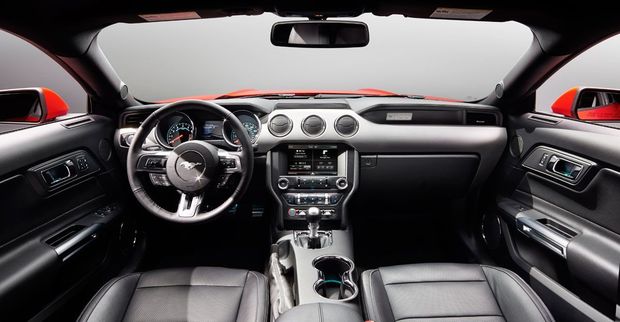
You want the driver to feel like a pilot, with everything at hand intuitive, very tactile.
The dash features its recognizable double brow and large analog gauges, wrapped in leather and chrome. I asked him what he and the design team fought most passionately for. What were the things they refused to let the bean counters remove from the design? “Everything, quite honestly. I mean really,” he says with a chuckle. “That’s my job at the end of the day; you work really hard to deliver every element of the interior and sure, some things come easily, some things come more difficultly. Getting the gauge pack the way we wanted it and getting the full aluminum on the [dash] were the most difficult, but that’s what makes the whole interior.” Callum adds, there’s “a lot of influence from aeronautics and jet fighters. You want the driver to feel like a pilot, with everything at hand intuitive, very tactile. What we like most is that it comes together in a package that is unique to Mustang. You won’t find it repurposed in other models or find a gauge from a minivan cost controlled in there. We always like to say if you try to make something that pleases everyone you’ll end up pleasing no one, and this car is a rare example where that fortunately is not the case. “I think we’ve achieved what we set out to do in terms of getting the right mix; it’s still a Mustang,” says Callum.
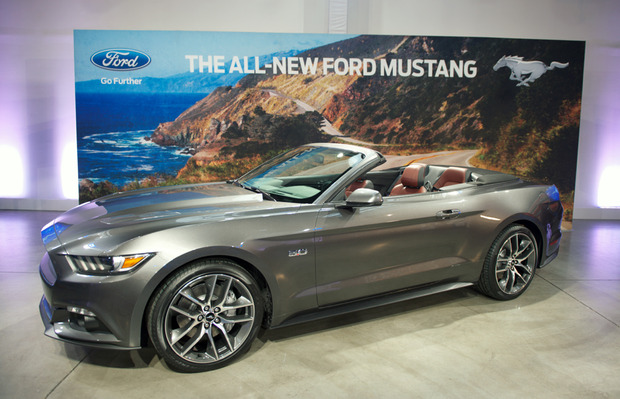
The convertible gets many improvements over the current model. The roof is now powered by a much faster and quieter electric motor, raising or lowering the top in around two seconds. A center latch replaces the current pair. The deck lid is noticeably lower, and the trunk is designed specifically for it, no longer sharing the same as the fastback.
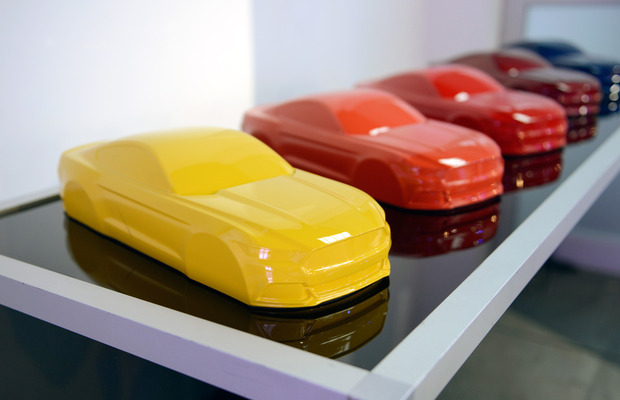
The car comes in a dozen colors and features some new paints, like the Triple Yellow 3 Coat and our favorite, a dark green with a bit of gray called “Guard.” Paired up with the saddle brown leather we think it makes quite the combination. When Callum mentioned that he was just spec’ing his out, we asked what he was going to pick. “I don’t know what color yet, I haven’t decided that yet. It’ll be a GT with the performance pack, that’s for sure, but the color I’m still struggling with. It’ll be a coupe as well—a fastback. I’ve usually had convertibles, but this time I’m gonna get a fastback.” And what color, we asked. “Either bright red or something more subdued… color just is a tough one. And designers always cop out and get it in black,” he laughs.
The 2015 Mustang will hit dealers around September, and will be offered as a fastback and convertible with three different engines, a 5.0L V8 with 420 HP, a 3.7L V6 with 300 HP, and a 2.L 4 Cylinder EcoBoost with 305 HP. A six speed manual and automatic transmissions will both be available. Other new features include the all-new and first independent rear suspension, adaptive cruise control, track apps, blind spot monitoring, tire pressure monitoring and Shaker pro audio. Performance specs and pricing have not yet been released.
Product images courtesy of Ford, photo of the car and the paint colors by Cool Hunting

